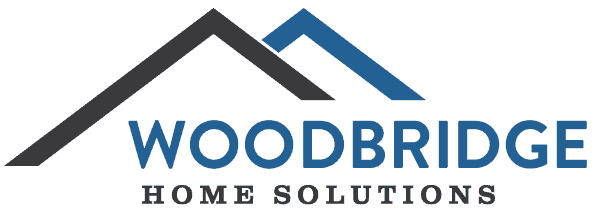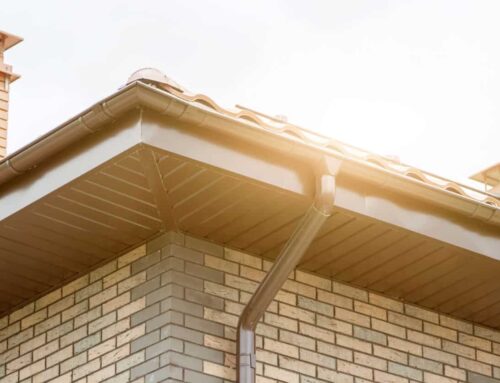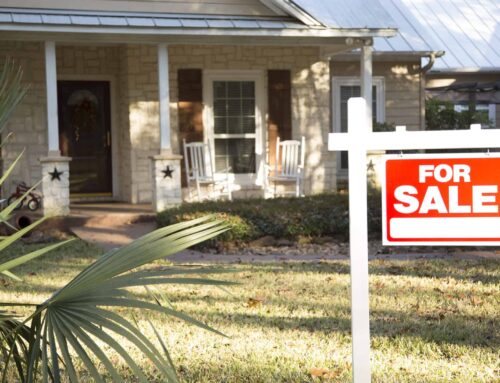
Have you ever heard about soffits and fascia? As a homeowner, you might have already encountered these terms. The problem, however, is that you might not be properly versed in these boards and what they do exactly.
Contents
Contents
Functions of Soffits and Fascia
Soffit refers to the overhanging portion of the roof’s eaves. It has small holes that help improve air circulation for better attic ventilation. Fascia, on the other hand, refers to the parallel edge of the roof connected to the rafters. It protects the area between the outdoors and the roof but can be easily damaged.
Other functions of soffits and fascia boards include:
-
Adding to the overall aesthetics of your home
-
Keeping small animals out
-
Preventing moisture issues and mold growth
-
Eliminating heat build-up
-
Directing water toward the gutters
Why Are Soffits and Fascias Important?
Many assume that they are installed to add a finished look to your homes, but they aren’t just for aesthetic purposes. These components protect your home from pests like bats, squirrels, and nesting birds. They help maintain and improve water drainage in roofs by keeping drainage, like gutters, in place, preventing rainwater from entering the vulnerable parts of your home.
Caring for Soffits and Fascia Boards
Like other parts of the roofing system and your property, you must ensure that soffit and fascia boards are properly maintained.
For example, when your siding becomes too old, you must get a new siding replacement to avoid further issues. For soffit and fascia boards, you also have to invest in a replacement project so your property can be energy-efficient and provide other important functions.
Types of Fascia Boards and Their Advantages
Fascia boards come in a variety of materials, each offering its own unique advantages. Popular types include wood, composite, vinyl, and aluminum fascia boards. Wood fascia boards, the most traditional choice, provide a natural aesthetic and durability. Composite fascia boards, often made from a mixture of wood chips, plastic, and sawdust, offer low maintenance and high resistance to decay. Vinyl fascia boards are known for their weather resistance and affordability, while aluminum fascia boards stand out for their lightweight nature and corrosion resistance. Each type of fascia board has a distinct role to play in the maintenance and appearance of your property.
Wood Fascia
Wood fascia boards are great as they are affordable, multifaceted, and water-resistant with certain finishing or treatments. You can increase its resilience when you paint over it.
Composite Fascia
This material is made of recycled wood chips and sawdust bonded with epoxy resin. It’s not as popular an option as the others on this list (thanks to its higher price tag), but it’s rot-resistant, colorfast, and durable.
Vinyl Fascia
Vinyl is known for its durability and easy, simple installation. Its repair and maintenance cost is lower than that of wood boards. Any discoloration on this material can be treated by spraying and wiping.
Aluminum Fascia
They are a popular choice as a direct upgrade of wood fascias in all aspects. Apart from its durability, which is a given, and aluminum fascia is flexible, it can even be used to wrap around wooden fascia boards to protect against weathering. It’s also easy to install and paint and comes in various colors. Like vinyl siding, it’s also low maintenance.
Upgrade Your Soffit & Fascia Boards
If you need more assistance, you can get help from one of the most trusted windows and siding companies, Woodbridge Home Solutions. We’re the experts in repairing and installing soffits and fascias for home exteriors.





